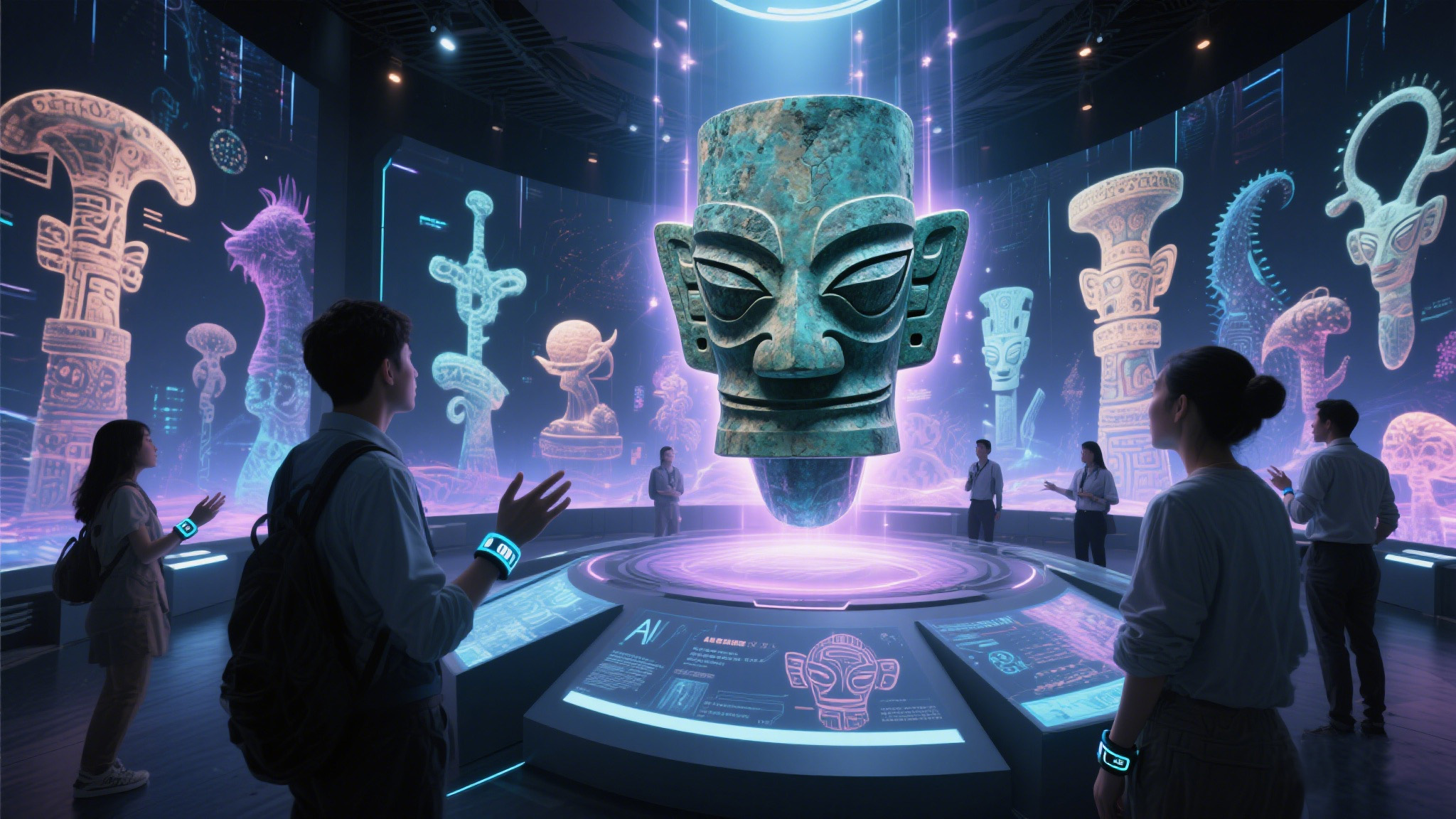Where History and Modernity Converge in China’s Heartland
Nestled at the confluence of the Yangtze and Han Rivers, Wuhan—the capital of Hubei Province—stands as a testament to China’s enduring spirit. Often overshadowed by megacities like Beijing and Shanghai, Wuhan is a hidden gem where ancient traditions harmonize with cutting-edge innovation. From its pivotal role in Chinese history to its vibrant street food culture, Wuhan offers an unparalleled travel experience.
This article explores Wuhan’s rich heritage, must-visit attractions, and how the city is reinventing itself as a top-tier cultural tourism destination.
A Historical Crossroads
The Birthplace of Revolutions
Wuhan earned its nickname, "The Chicago of China," due to its strategic location as a transportation hub. However, its historical significance runs deeper:
-
1911 Wuchang Uprising – Sparked the Xinhai Revolution, ending imperial rule.
-
Yellow Crane Tower (Huanghelou) – A 1,800-year-old poetic landmark immortalized by Tang Dynasty verses.
-
Ancient Panlong City Ruins – A 3,500-year-old Shang Dynasty archaeological site.
The Wuhan of Today
Post-2020, Wuhan has undergone a remarkable transformation, blending resilience with modernity:
-
Optics Valley (Guanggu) – China’s "Silicon Valley," home to high-tech firms and research institutes.
-
East Lake Greenway – The world’s longest urban lakeside trail (101.98 km).
Cultural & Culinary Delights
Must-Visit Attractions
-
Yellow Crane Tower – Panoramic views of the Yangtze River.
-
Hubei Provincial Museum – Houses the 2,400-year-old Sword of Goujian.
-
Guiyuan Temple – A serene Buddhist complex with 500 arhat statues.
Street Food Paradise
Wuhan’s breakfast culture (Zao Can) is legendary:
-
Hot Dry Noodles (Reganmian) – Sesame paste-coated noodles, a Wuhan staple.
-
Doupi – Sticky rice stuffed in tofu skin.
-
Mianwo – Fried dough rings dipped in soups.
Sustainable Tourism Initiatives
-
Yangtze River Eco-Cruises – Solar-powered boats minimize pollution.
-
Urban Wetland Parks – Restored ecosystems like Zhangjiawan Wetland.
Wuhan is more than a transit hub—it’s a living museum of China’s past and future. Whether tracing revolutionary history or savoring fiery cuisine, visitors leave with a profound appreciation for this dynamic city.
















